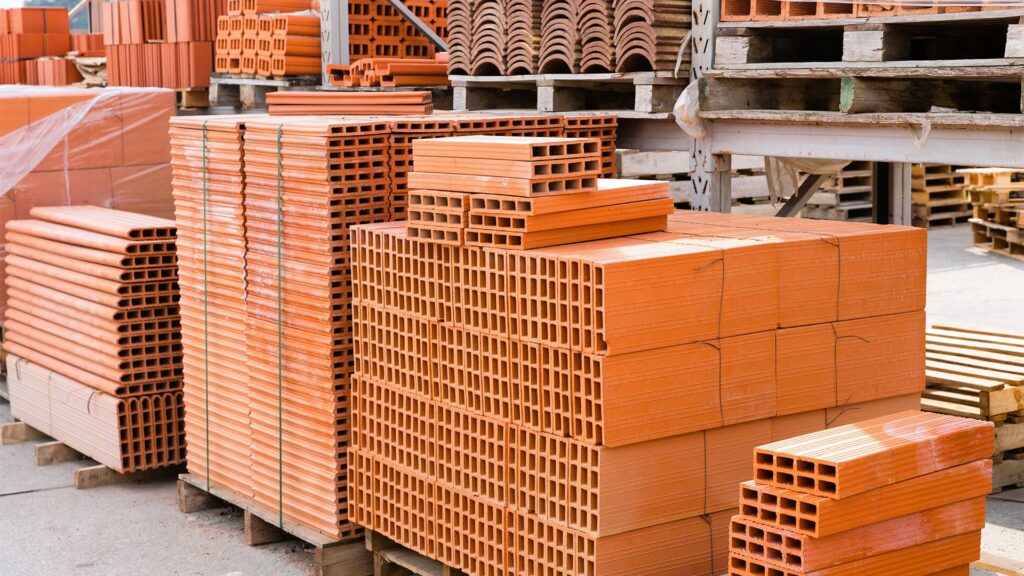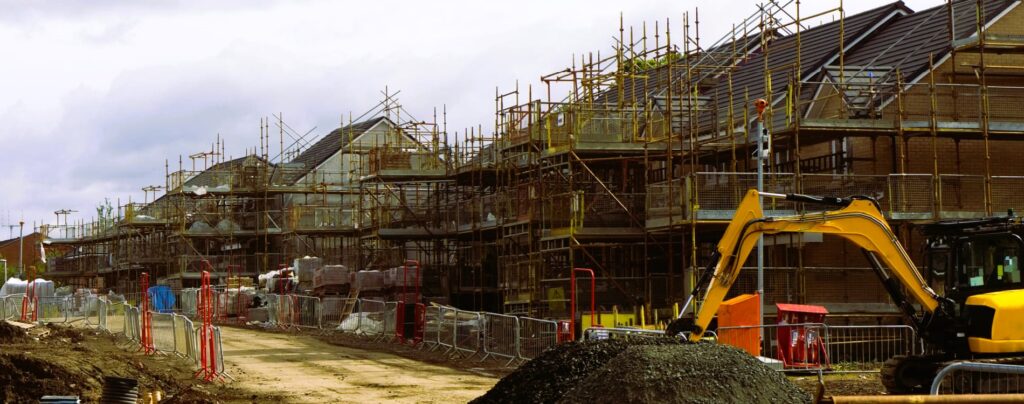Selecting the right construction materials is a critical aspect of project planning and execution. The materials used in construction not only impact the structural integrity of the project but also influence factors such as cost, sustainability, and overall durability. This article provides a comprehensive guide on how to choose the right construction materials for your project, considering various factors and industry best practices.
Understanding the Importance of Material Selection:
Choosing the appropriate construction materials is a decision that reverberates throughout the entire project lifecycle. The selected materials affect:
- Structural Integrity:The strength and durability of the materials directly impact the structural integrity of the project.
- Cost Efficiency:The cost of materials contributes significantly to the overall project budget. Selecting cost-effective yet high-quality materials is crucial for financial success.
- Sustainability:As sustainability becomes a paramount concern, choosing eco-friendly materials contributes to reducing the environmental impact of construction projects.
- Aesthetics:The visual appeal of the project is influenced by the materials chosen. The right materials can enhance the aesthetics and overall design.
Steps to Choose the Right Construction Materials:

1. Define Project Requirements:
Clearly define the requirements of your project, considering factors such as load-bearing capacity, environmental conditions, and intended use. Different projects, whether residential, commercial, or industrial, have distinct material needs.
2. Understand Material Properties:
Gain a thorough understanding of the properties of construction materials, including strength, durability, thermal conductivity, and resistance to environmental factors. This knowledge is crucial for informed decision-making.
3. Consider Lifecycle Costs:
Evaluate not only the upfront costs of materials but also their lifecycle costs, which include maintenance, repair, and replacement expenses. Choosing durable materials might have a higher initial cost but can lead to long-term savings.
4. Environmental Impact:
Assess the environmental impact of materials by considering factors such as recyclability, energy consumption during production, and carbon footprint. Opt for materials with minimal environmental impact to align with sustainable construction practices. Mastering project management in construction, read best practices.
5. Compliance with Standards:
Ensure that the selected materials comply with industry standards and building codes. Adhering to these standards is essential for meeting regulatory requirements and ensuring the safety of the structure.
6. Availability and Sourcing:
Consider the availability of materials in the local market and evaluate the feasibility of sourcing them. Local materials may be more cost-effective and contribute to the regional economy.
7. Adaptability to Design Requirements:
Ensure that the chosen materials align with the design requirements of the project. Some materials may offer more flexibility in achieving specific architectural or design goals.
8. Testing and Certification:
Look for materials that have undergone testing and certification processes. Certified materials meet specific quality and safety standards, providing assurance of their reliability.
9. Supplier Reputation:
Choose reputable suppliers known for delivering high-quality materials. Supplier reputation and reliability play a crucial role in ensuring the consistency of material quality throughout the project.
10. Future Maintenance Considerations:
Anticipate future maintenance requirements and select materials that are easy to maintain or repair. This consideration is especially important for long-term projects.
Industry Standards and Guidelines:
For in-depth information on construction materials and industry standards, readers are encouraged to explore resources provided by Wikipedia. These platforms offer valuable insights into various construction materials, their properties, and the standards governing their use in construction projects.
Types of Construction Materials:

1. Concrete:
- Properties: High compressive strength, versatility, and durability.
- Uses: Foundations, slabs, columns, and various structural components.
2. Steel:
- Properties: High tensile strength, ductility, and resistance to corrosion.
- Uses: Structural framing, reinforcement, and building components.
3. Wood:
- Properties: Natural aesthetic appeal, versatility, and renewable resource.
- Uses: Framing, flooring, and finishing elements.
4. Brick:
- Properties: Fire resistance, durability, and thermal mass.
- Uses: Walls, facades, and decorative elements.
5. Glass:
- Properties: Transparency, visual appeal, and versatility.
- Uses: Windows, facades, and decorative features.
6. Asphalt:
- Properties: Weather resistance, flexibility, and durability.
- Uses: Roads, pavements, and roofing.
7. Plastics:
- Properties: Lightweight, corrosion-resistant, and versatile.
- Uses: Pipes, insulation, and various building components.
Conclusion:
Choosing the right construction materials is a multifaceted decision that requires a comprehensive understanding of project requirements, material properties, and long-term considerations. By following a systematic approach and considering factors such as structural integrity, cost efficiency, sustainability, and compliance with standards, project managers and construction professionals can make informed decisions that contribute to the success and longevity of construction projects. As the construction industry continues to evolve, the emphasis on selecting the right materials becomes increasingly integral to achieving sustainable, safe, and aesthetically pleasing built environments.




